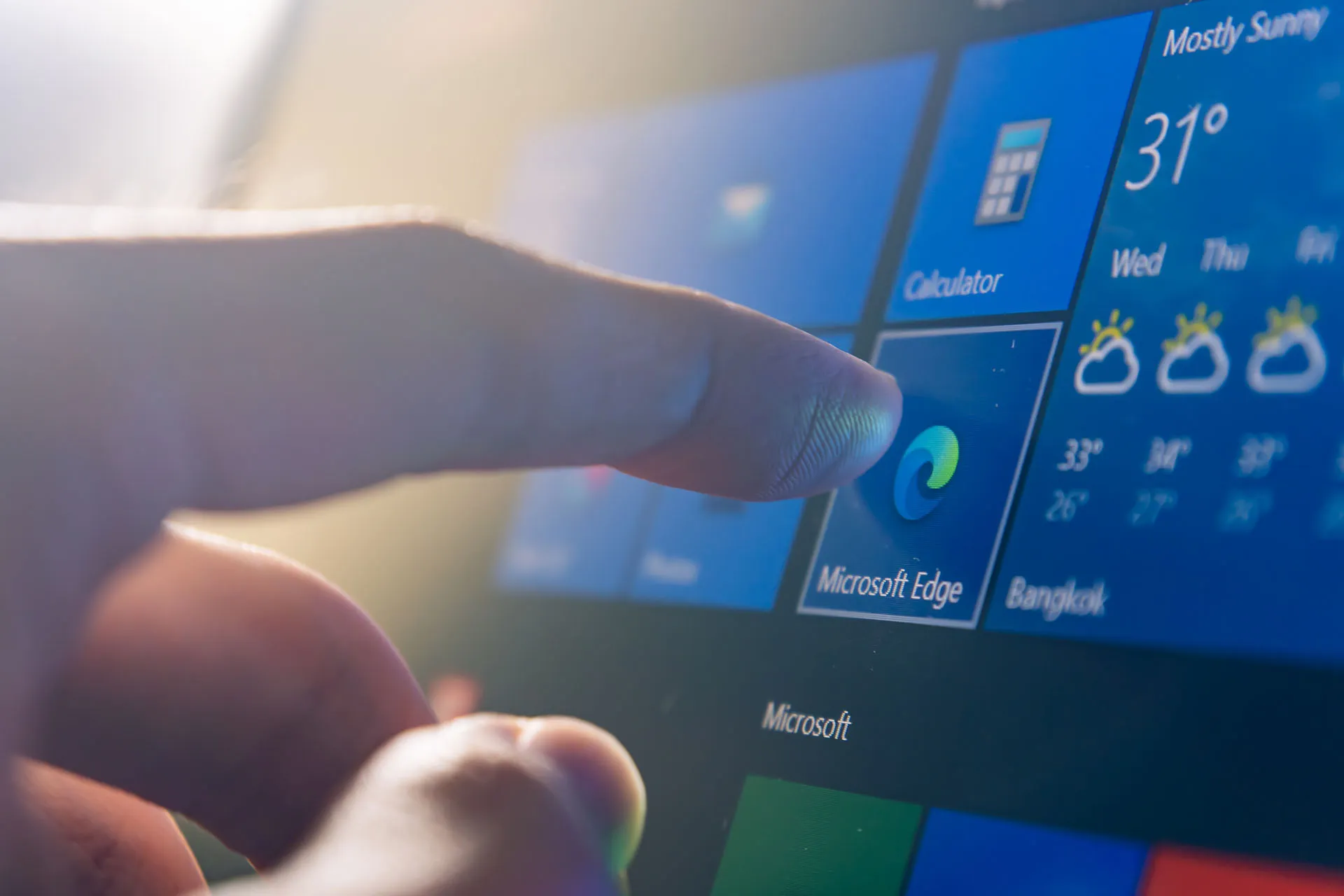News
Welcome to the Blackbird IT News Hub, your go-to source for the latest insights, advice, and insider news.

Thank you! Your submission has been received!
Oops! Something went wrong while submitting the form.
Case Studies
Discover a selection of projects we've collaborated on with our valued clients, achieving great outcomes through teamwork, solution architecture and innovation.



.avif)


.avif)



.avif)
















